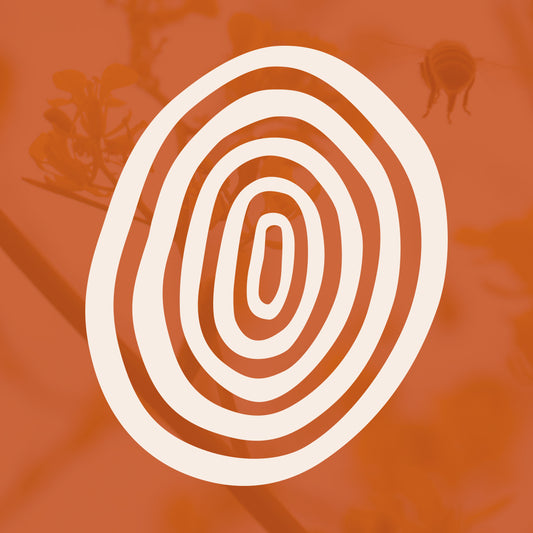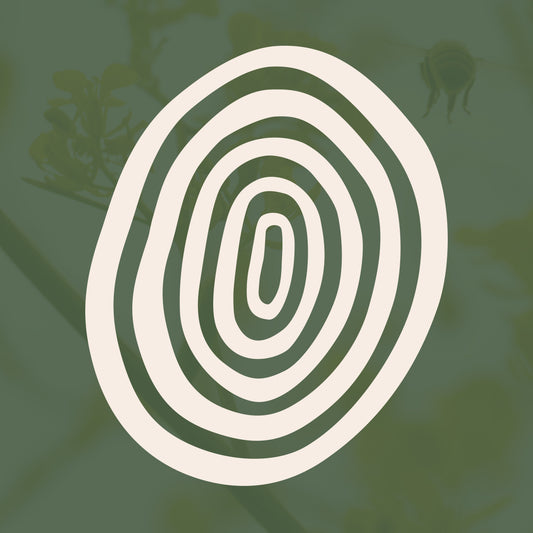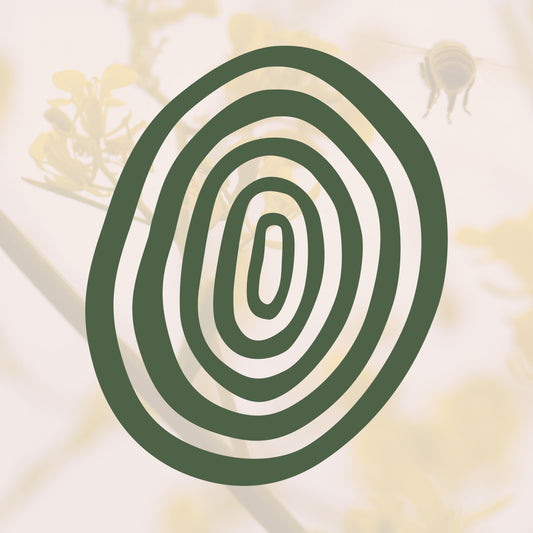
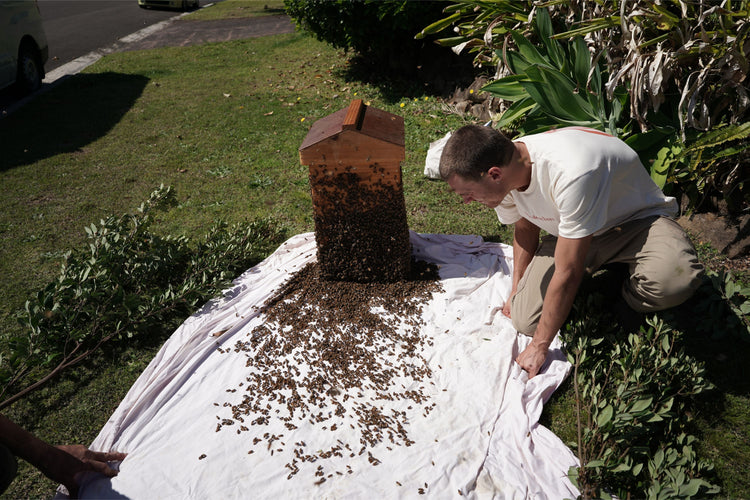
Welcome to Season 4
Spring 25' - Autumn 26'
Swarm Sightings: Contact us
The season of swarming brings forth new life.
We encourage awareness to wild hives particularly in the early afternoon when the days are warmest.
Swarms in Australia display advanced genetics and these may been seen through the body colour, wing morphometry and cluster size.
A wild honeybee swarm is of the Apidae family and has hybridised with local species to develop localised adaptations.
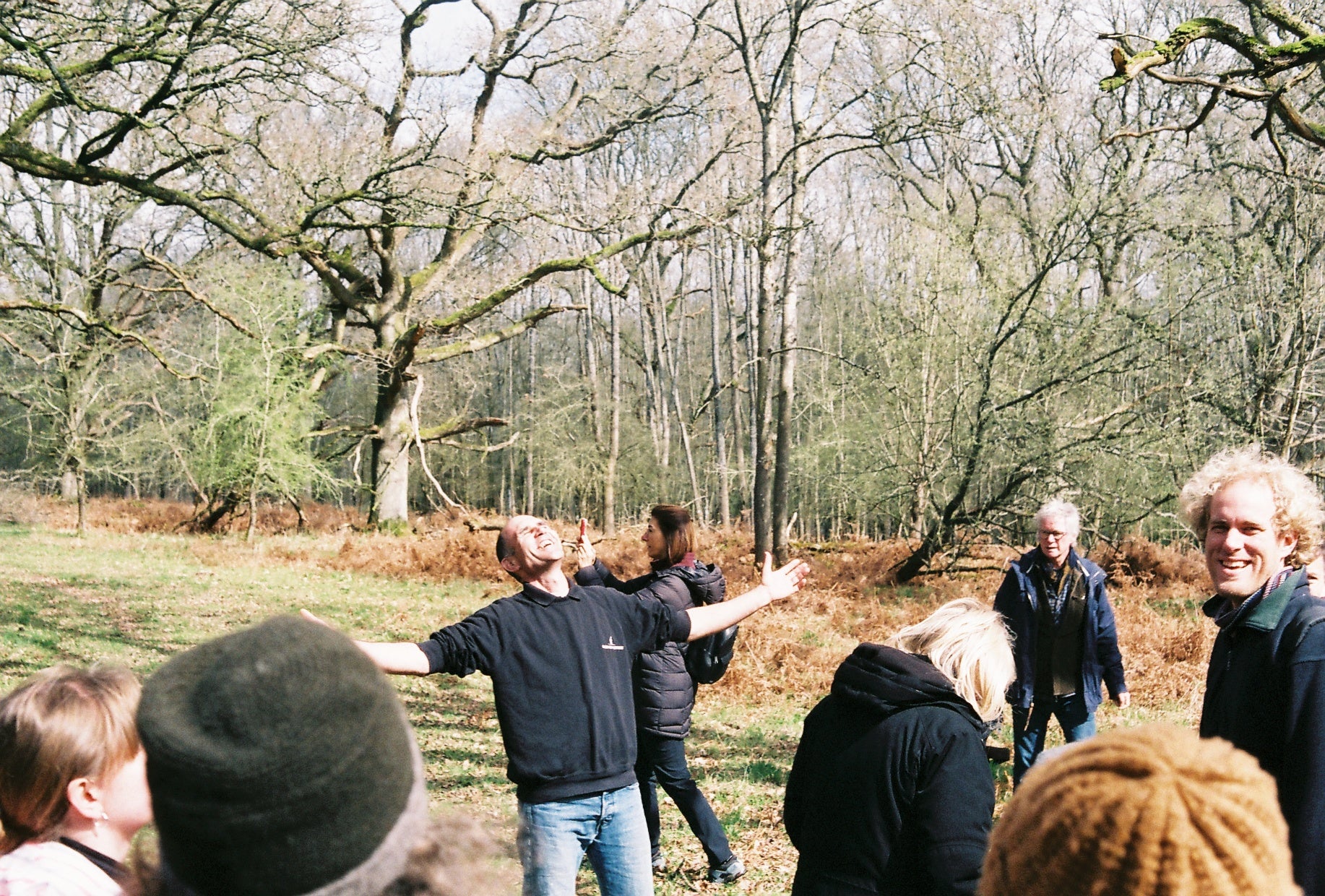
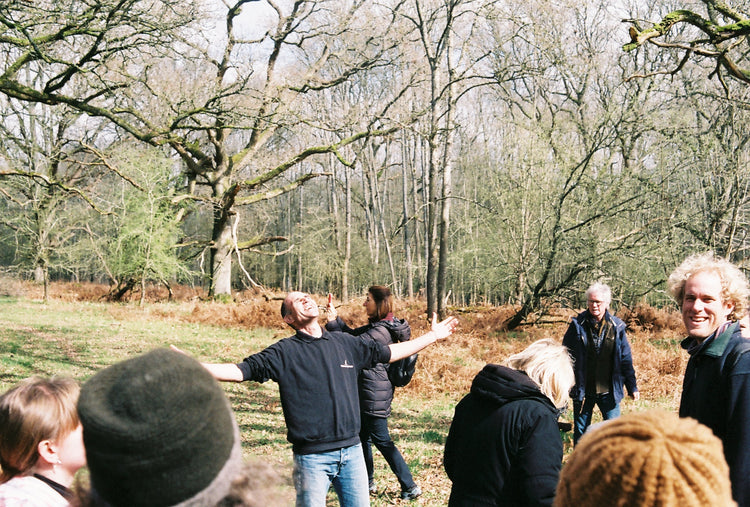
Long live the Swarm
We offer swarm homing in the Northern Rivers, NSW to relocate bees into a protected sanctuary and support the advancement of genetic resilience.
A swarm is the natural reproduction of bees at the superorganism level. This vital life force is essential to the evolutionary progression of bees and the pollination of native plants.
- Strengthen genetic resilience through natural reproduction
- Improve local pollination
- Increase ecological biodiversity
Swarm Sightings: Contact us
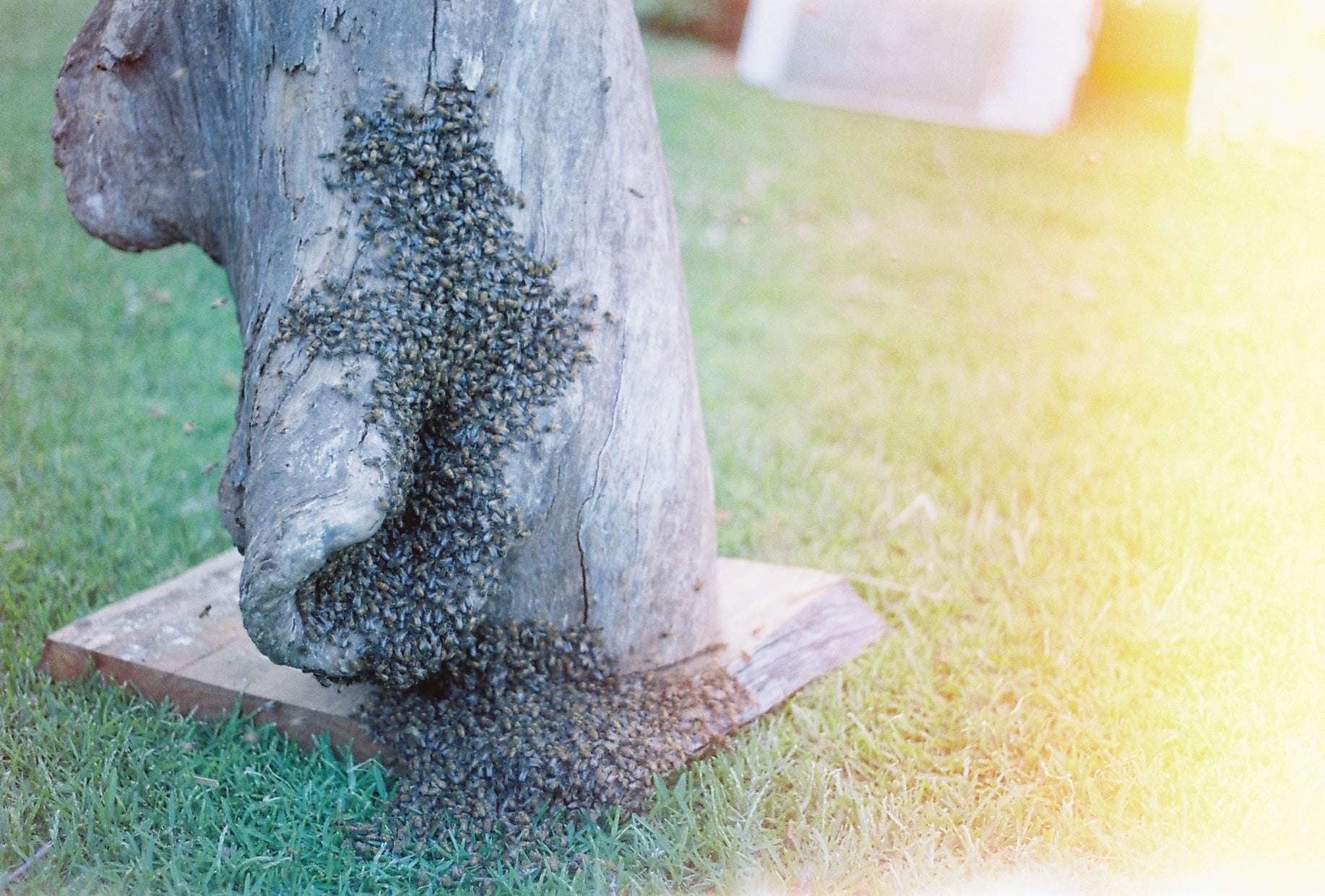
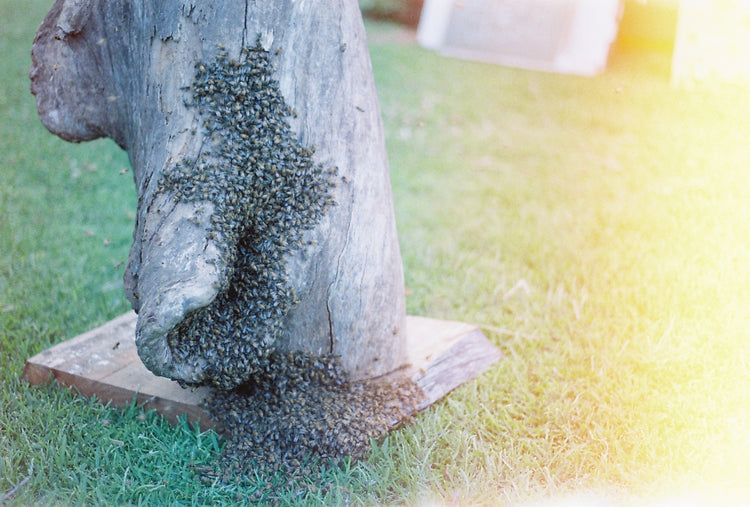
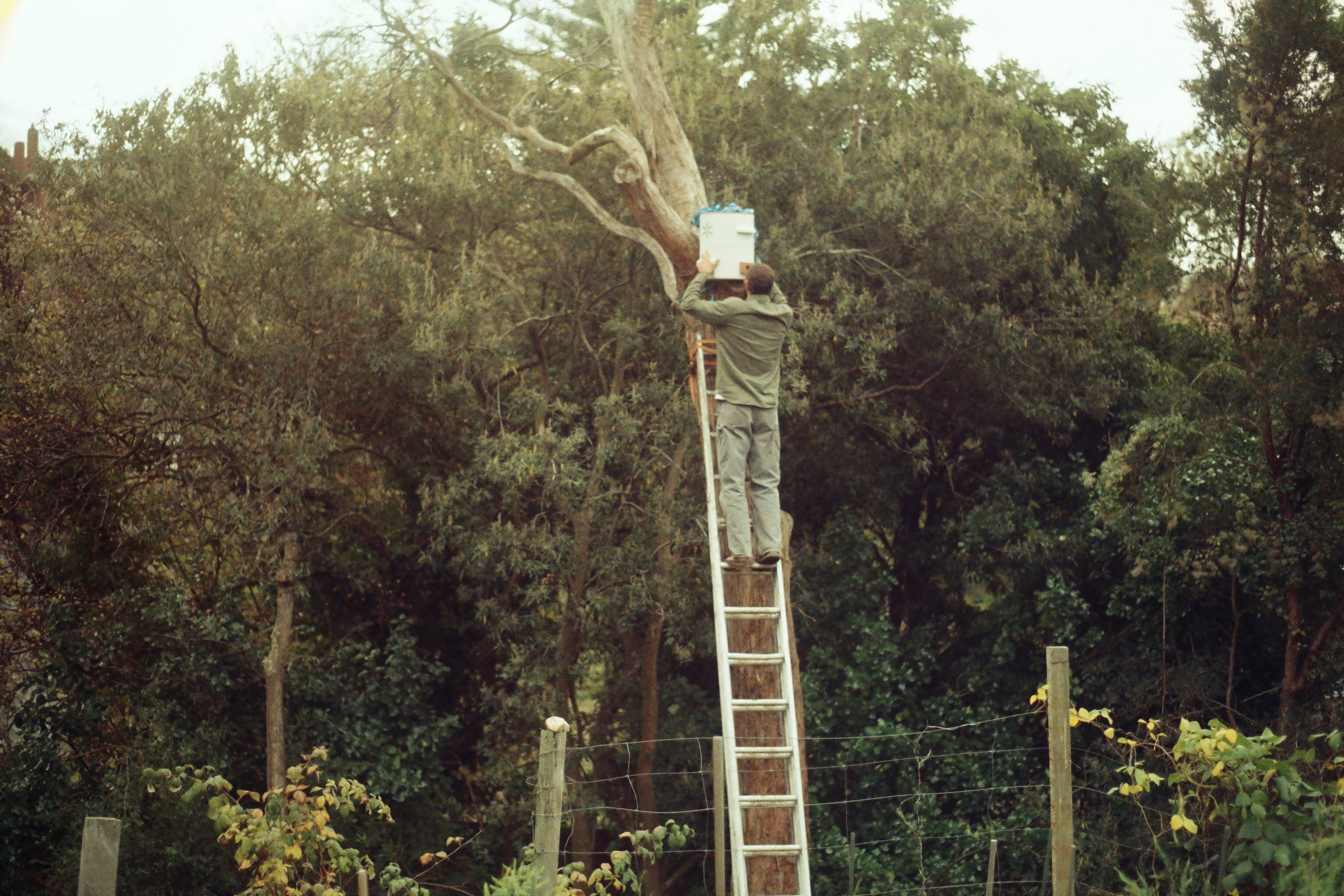
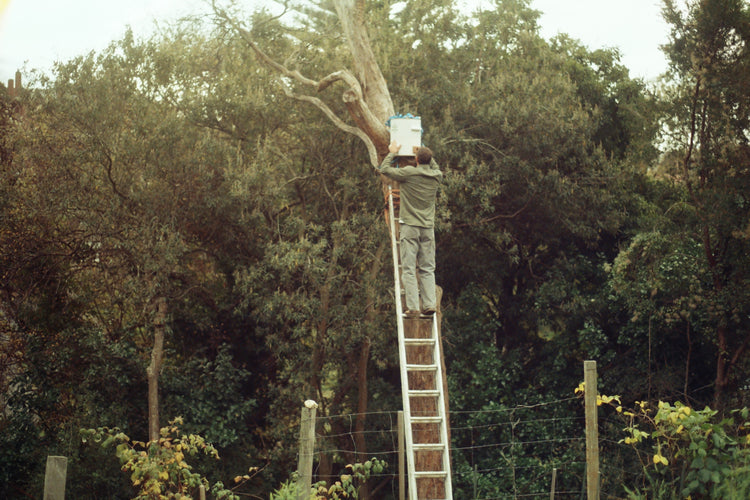
Information to gather
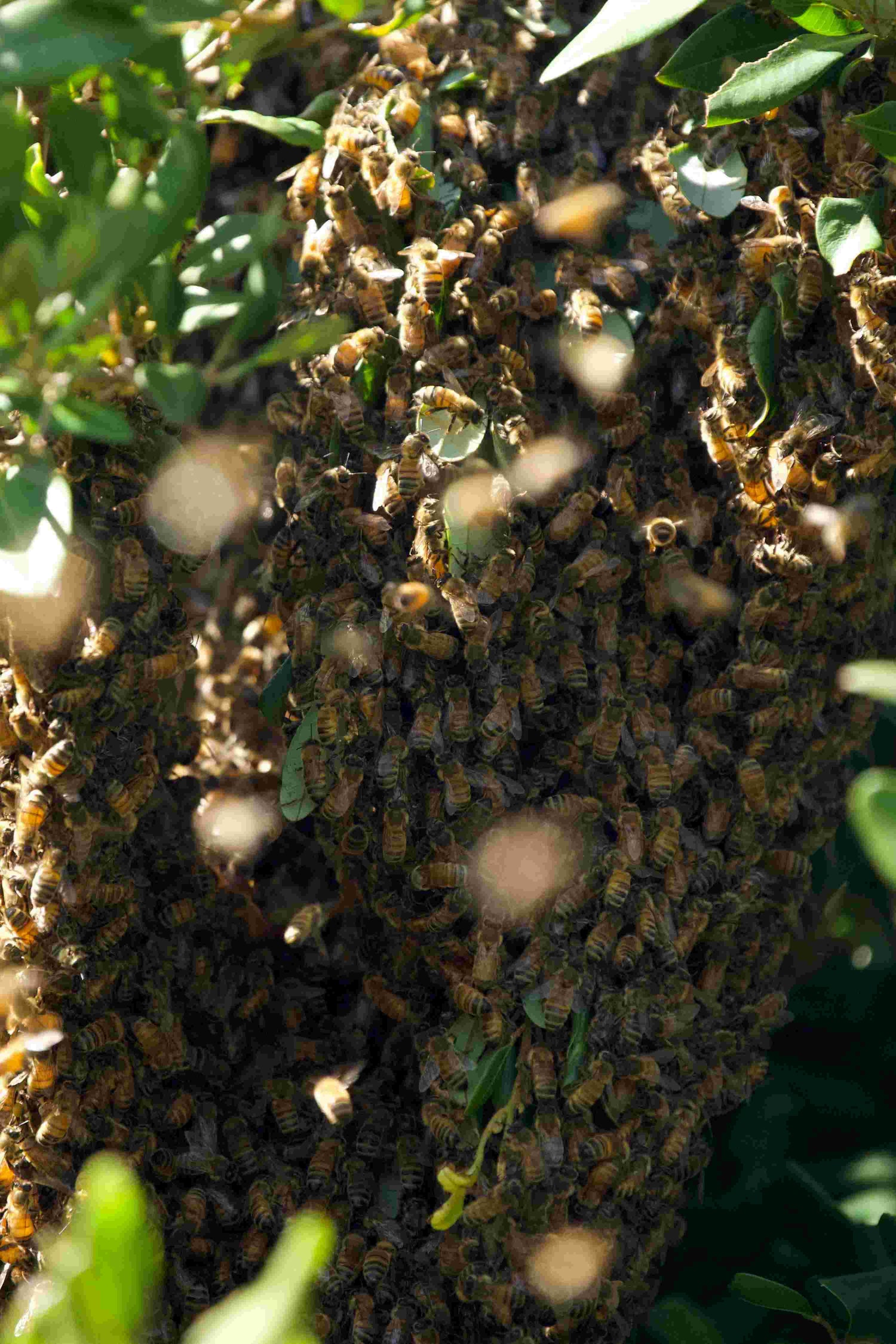

Information to Gather
Location and access:
Provide the precise location of the swarm or cluster.
Address or Coordinates:
If possible, give a street address or GPS coordinates.
Landmarks:
Nearby recognizable landmarks to help with identification.
Type of Structure or Area
(e.g., tree, roof eave, chimney, fence post, car, attic)
Access Instructions:
Is it accessible via ladder?
Are there locked gates, fences, or pets?
Are there any hazards (e.g., power lines, wasps, difficult terrain)?
Size of cluster
Estimate how large the swarm or cluster is. This helps professionals determine urgency and the type of equipment needed. Comparisons: (e.g., softball-sized, basketball-sized, beachball-sized) Bee Density: Is it a tight, dense cluster or loosely gathered?
Height
Describe how high off the ground the swarm or cluster is:
Exact Height: If known (e.g., “8 feet off the ground”) Relative Height: (e.g., “eye level,” “second story,” “roofline”)
Tools Needed:
Would a ladder or lift be required?
Time
Since sighting When did you first notice the swarm or cluster Helps determine how long the swarm has been in place and whether it might move soon. If possible, include both date and time of day.
Picture
Attach or upload a clear photo of the swarm or cluster. Take the photo from a safe distance. Include surroundings to help identify the exact location and scale. Multiple angles (if safe) are helpful.
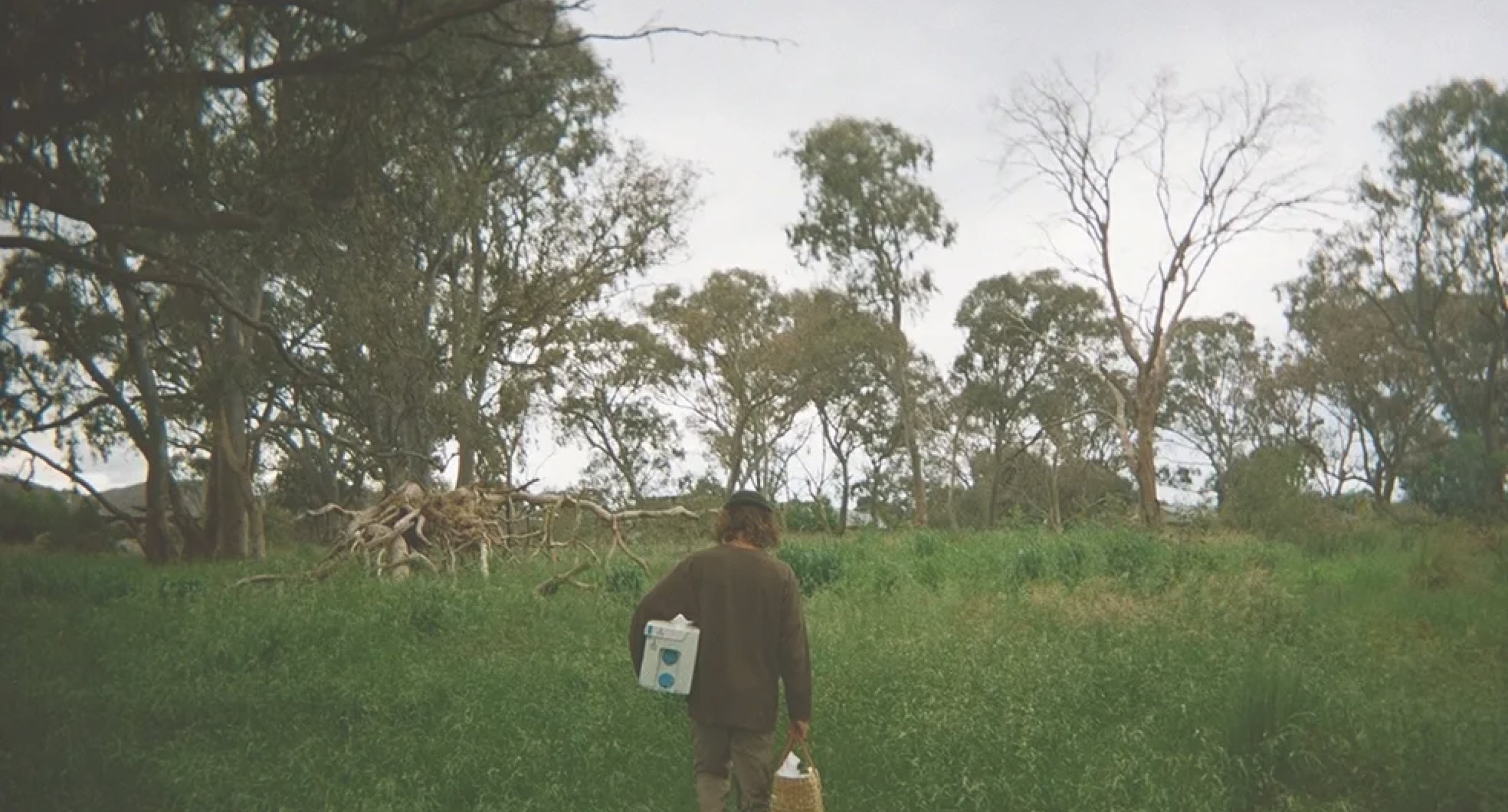
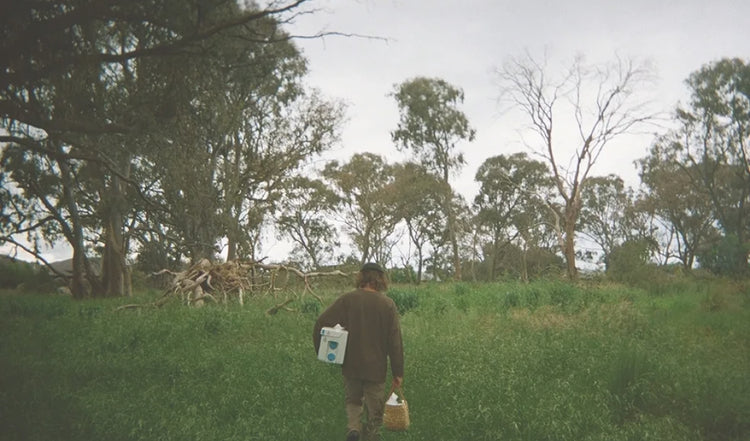
Swarm Homing Film
FAQ
FAQ
WHERE DO WE OFFER SUPPORT?
153E 28S. The Northern Rivers North to the Tweed and South to the Clarence River and West to Lismore.
IS A BEE SWARM SAFE?
Bees are usually not defensive at this stage of their life cycle as they are not protecting their nest. Let them rest while we support them in finding a new home.
HOW LONG WILL BEES SIT
A swarm may sit for 3 days while their determine their best new nest.
We will do our best to respond quickly and assist you on the same day of the call.
SHOULD ANYTHING BE DONE BEFORE WE ARRIVE?
No, just let them be and continue to observe and provide updates as required to any changes.
DISCLAIMER
The Colony Bees Association provides a swarm homing service to assist in relocating and protecting wild free living swarms of bees. By engaging in our services, you agree to the following terms and conditions:
We do not guarantee the success of the swarm rehoming process. The outcome is influenced by various factors beyond our control, including the behavior of the swarm
and environmental conditions.
You maintain responsibility for any damages that occur to the property during the process of rehoming the bees and the Clients acknowledge and understand the inherent
risks associated with beekeeping and swarm rehoming. We are not responsible for any allergic reactions, injuries, or damages that may occur during or after the rehoming process.
By engaging in our swarm rehoming service, you acknowledge that you have read,
understood, and agreed to the terms and conditions outlined in this disclaimer.

